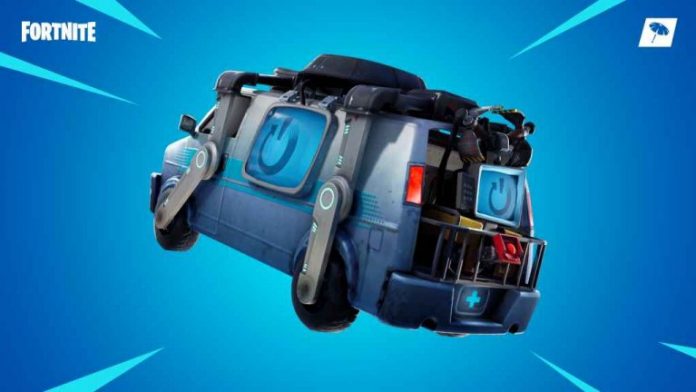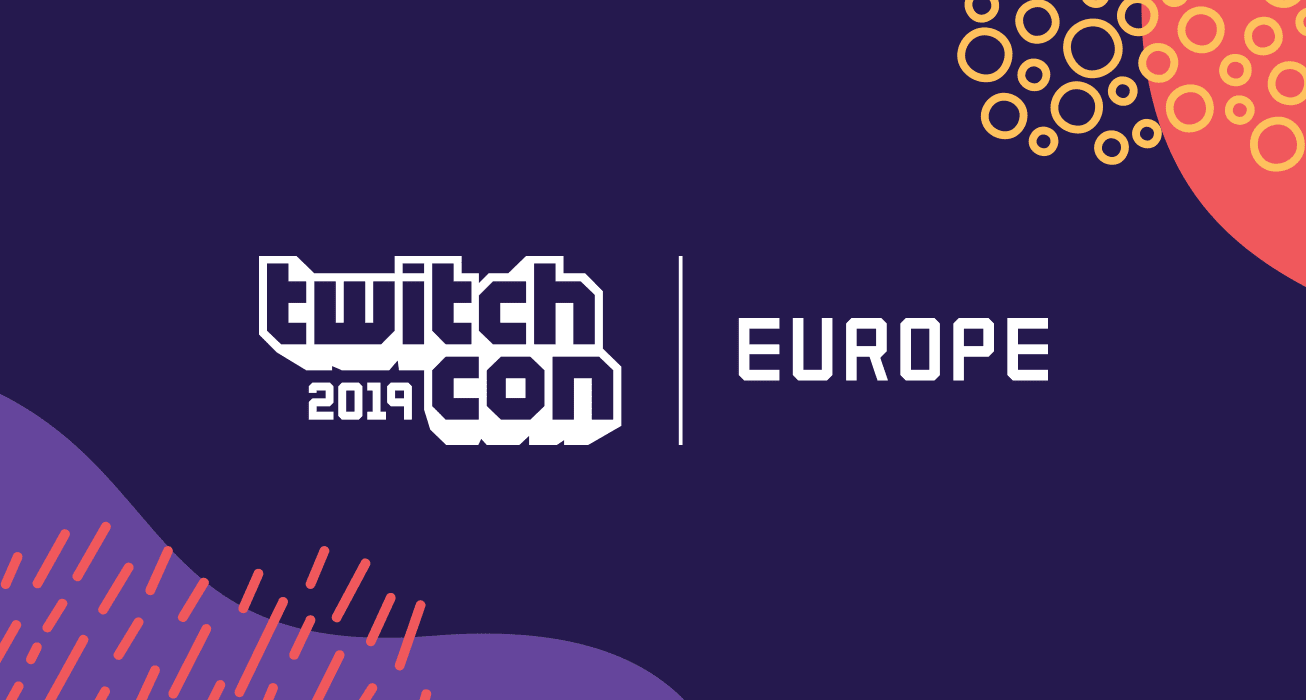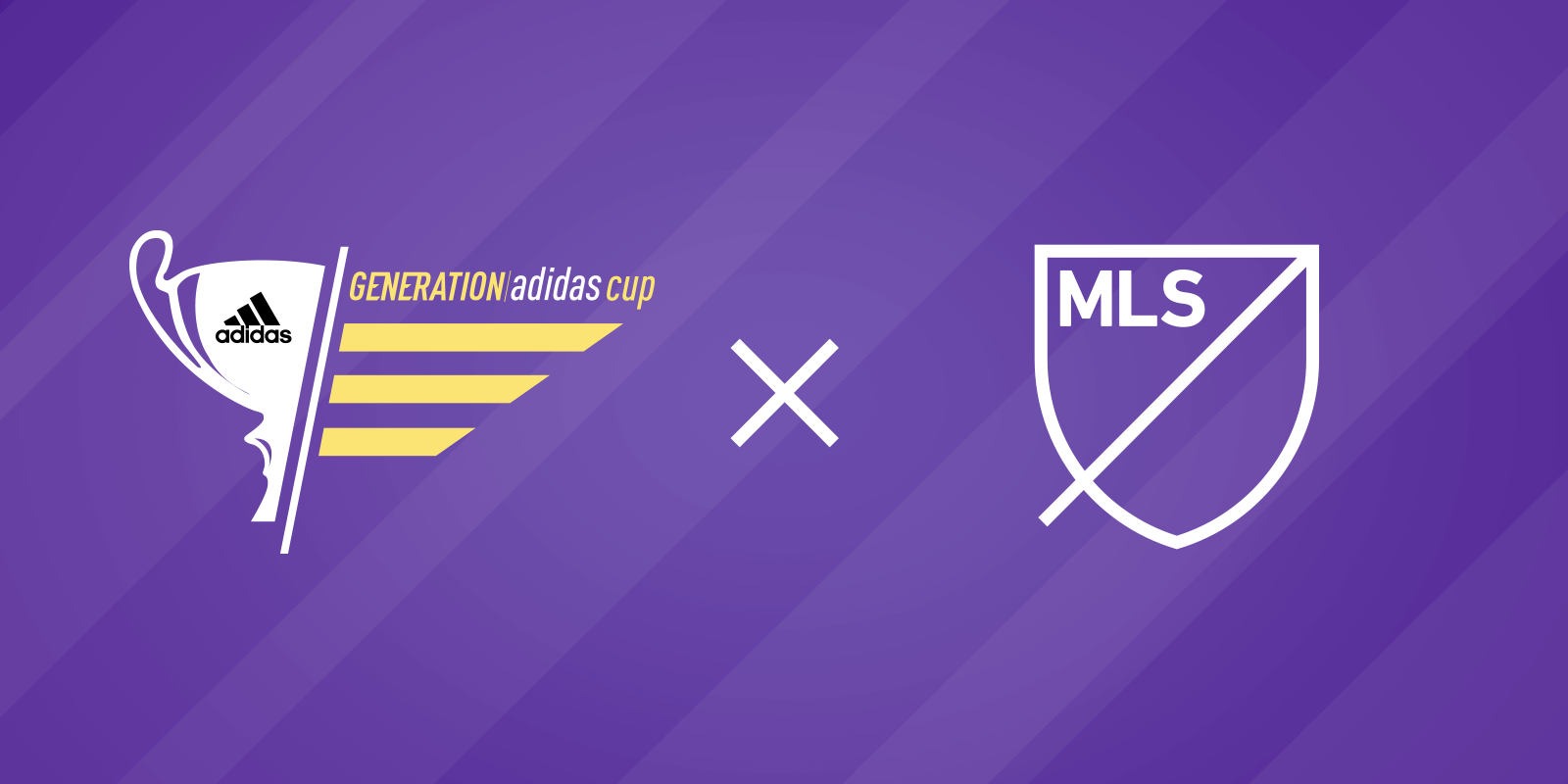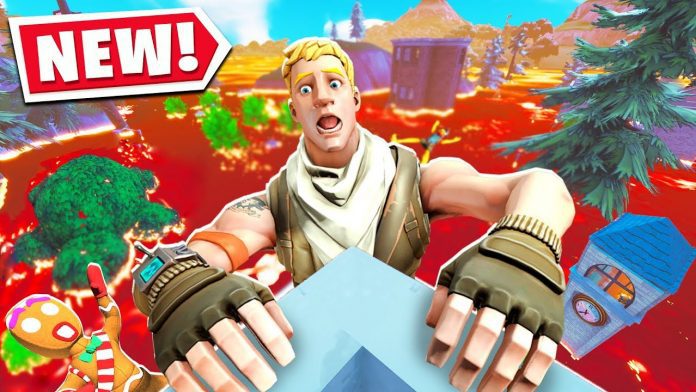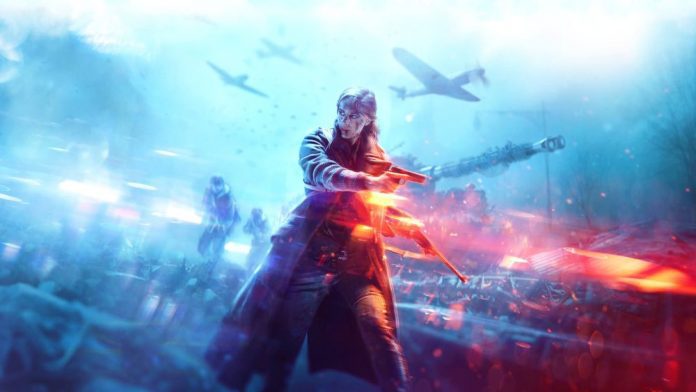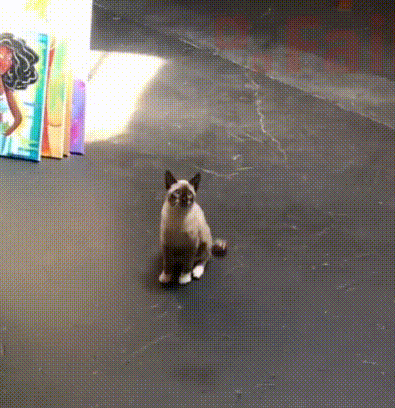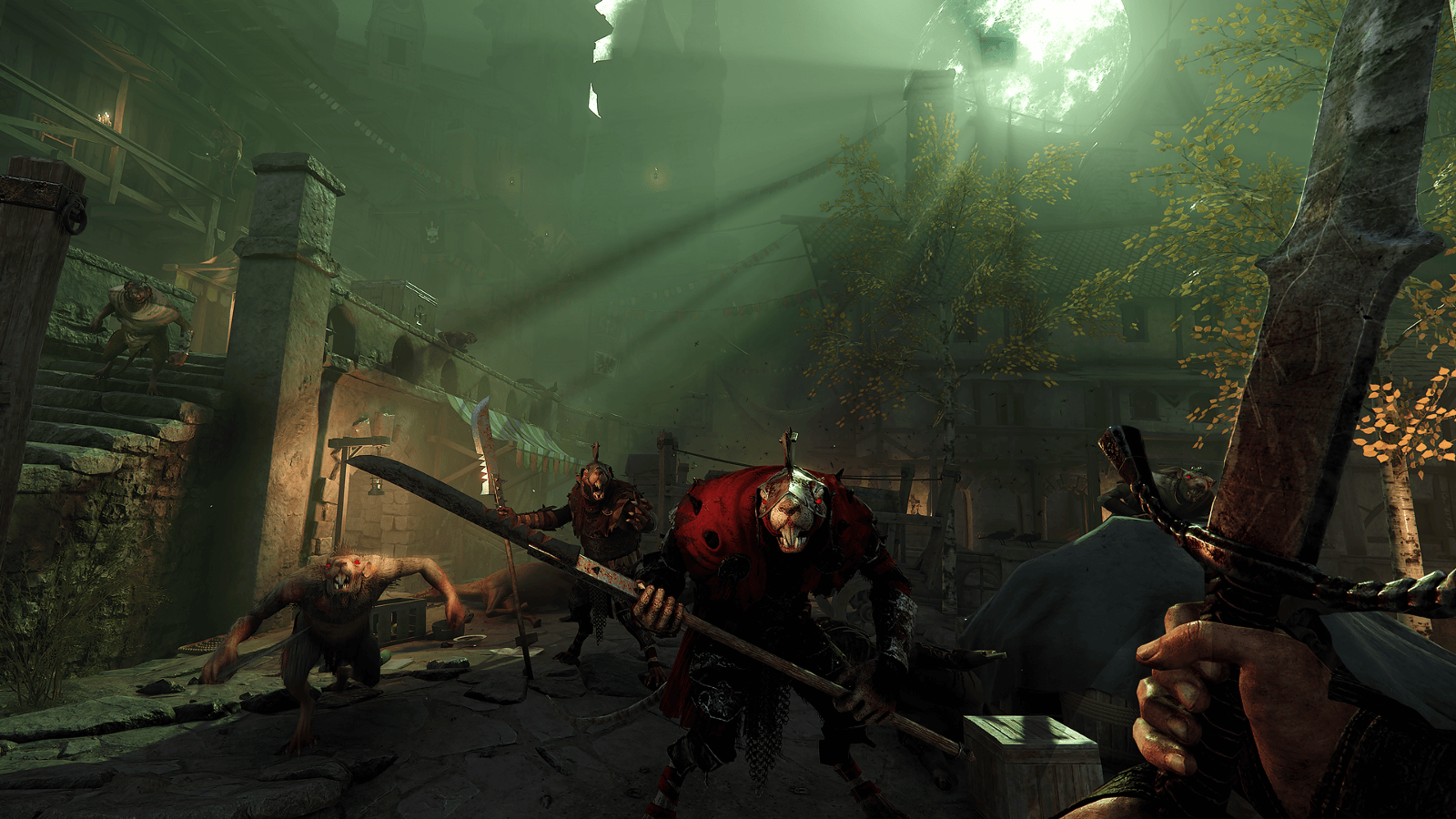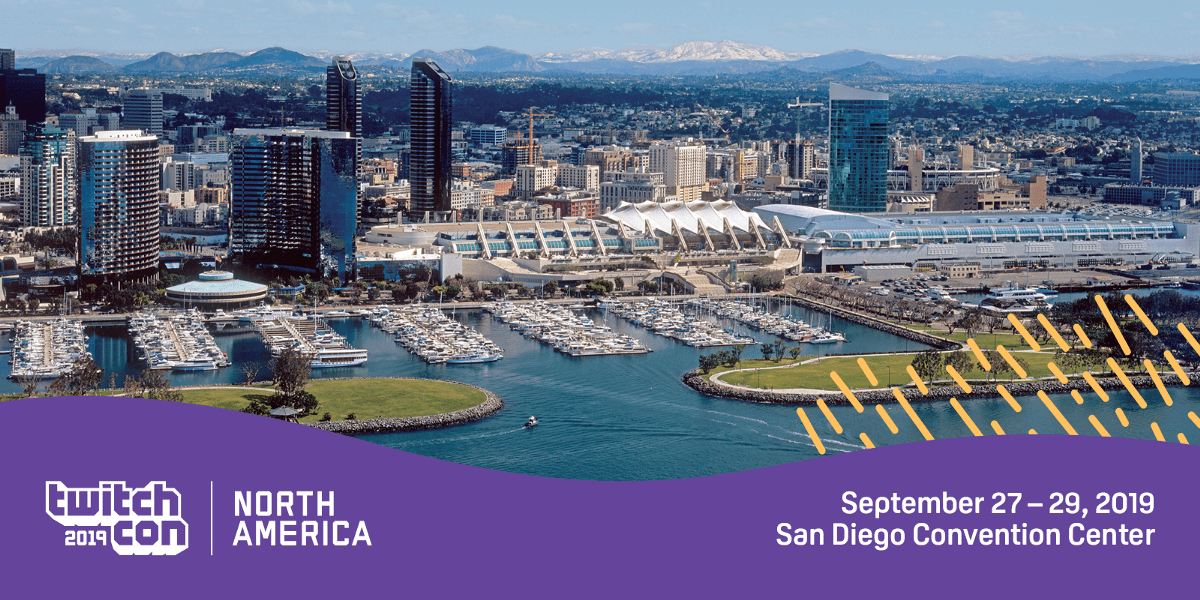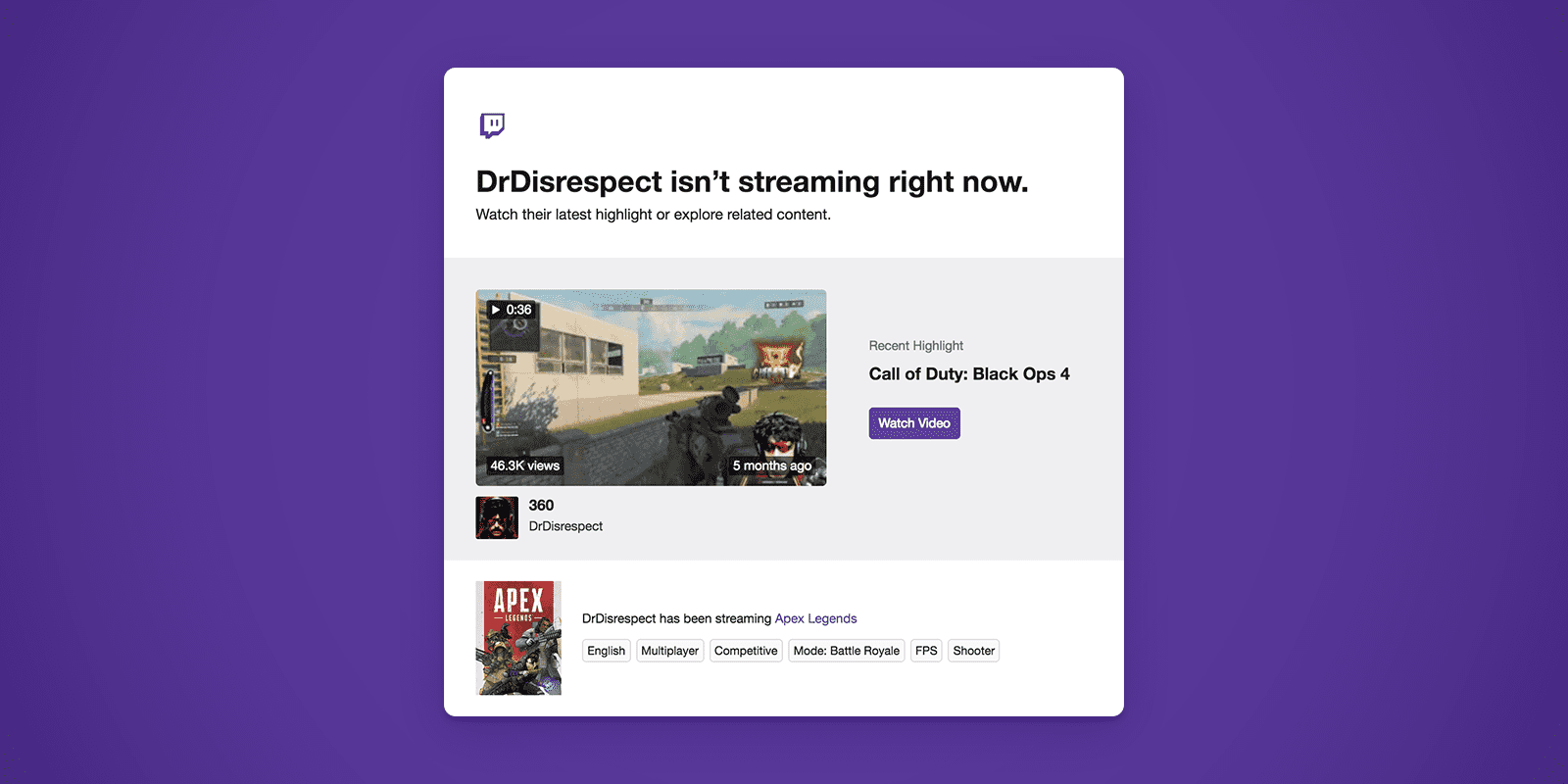Schlagwort: esports
-

Get more Path of Exile loot with your Twitch Prime membership
Reading Time: < 1 minutePath of Exile and Twitch Prime have teamed yet again up to bring you the Purple Divine Sign, Purple Skull Helmet and Lavender Weapon effect for free with your Twitch Prime membership! Until May 23rd you’ll be able to redeem these free cosmetic effects and in the coming months you’ll be…
-

Fortnite v8.30 Update Patch Notes Features a Rather Familiar Respawn Mechanic
Reading Time: 2 minutesThe patch notes for the Fortnite v8.30 update have just been released on the Epic Games website, revealing the usual cavalcade of changes and gameplay tweaks. It’s a particularly busy week for Battle Royale, however, which, alongside yet another LTM, receives a brand-new and somewhat familiar respawn mechanic. Fortnite v8.30 Update Patch Notes –…
-

All the news from TwitchCon Europe
Reading Time: 4 minutesTwitchBlockedUnblockFollowFollowing Apr 13 Today the very first TwitchCon Europe kicked off in Berlin and at the Keynote our CEO, Emmett Shear took to the stage. He highlighted community accomplishments from the past year and also announced upcoming features, all designed to help creators grow their audience on Twitch, connect with them, and…
-

The world’s best youth soccer players are coming to Twitch
Reading Time: 3 minutes The 2019 Generation adidas Cup is the premier youth soccer tournament in North America, and it’s coming to Twitch from April 13–20. The world’s future soccer stars from 14 countries are meeting in Dallas, Texas for two U-17 division championships (Premier and Champions) and a U-15 showdown featuring teams from MLS…
-

The Floor is Lava is a perfect mode for Fortnite
Reading Time: 2 minutesFor the better part of a year, Fortnite fans asked for a mini game where the ground was lava and all you could do was build. Now, in patch v8.20, Epic has finally given fans what want in the form of a limited-time mode. The Floor is Lava mode centers around the island’s new volcano,…
-

‘Limited Time’ Battlefield 5 Firestorm Duos Mode Coming Next Month
Reading Time: 2 minutesThe long-awaited Battlefield 5 Firestorm battle royale mode is now available to play, letting fans experience battle royale with Battlefield’s trademark destructible environments and gunplay. At present, the game has two different ways to play; solo, or in a 4-person squad. DICE has said that a Battlefield 5 Firestorm Duos mode is…
-

Go memory ballast: How I learnt to stop worrying and love the heap
Reading Time: 11 minutesI’m a big fan of small code changes that can have large impact. This may seem like an obvious thing to state, but let me explain: These type of changes often involve diving into and understanding things one is not familiar with. Even with the most well factored code, there is a…
-

Creating Monetization Opportunities for Developers and Streamers
Reading Time: 5 minutesExpanding on our goal to help streamers and developers generate revenue on Twitch, today we’re announcing new features that will enable developers to build new monetized Extension experiences. The first two features — Subscription Status in Extensions and Subscription Purchase Trigger — will help developers unlock new ways for streamers to reward viewers who purchase a…
-

A New Way For Streamers & Viewers to Interact on Twitch
Reading Time: 3 minutesThe Twitch community radiates such special energy due in part to the unique interactions that occur between creators and viewers; it’s especially magical when a creator receives support in the form of bits or a sub from a new or recurring viewer. Today, in a partnership with Streamlabs, we’re announcing new tools…
-

Twitch for Game Developers
Reading Time: 15 minutesHow to integrate Twitch into any part of the game development lifecycle In 2017, an average of 21 games were released per day on Steam and last year, the global games industry gross revenue was approximately $138 billion. It’s a crowded market. And as a game developer, you’re not only competing with…
-

Twitch Prime members get up to one year of Nintendo Switch Online
Reading Time: 2 minutesTwitch Prime and Nintendo are teaming up to offer Twitch Prime members up to a full year of the Nintendo Switch Online service. Starting today, Twitch Prime members can claim three free months of Nintendo Switch Online when they visit twitch.amazon.com/nintendo. After 60 days, they can come back to get another nine…
-

Squad Stream: The next way to play and watch together
Reading Time: 6 minutesCo-op Contra on the living room floor. D&D in the blanket fort. Four-player Goldeneye after school. Rock Band rock-offs. Watching your friends’ in-house Smash tourney. Building a castle together in Minecraft… No matter which games we started with, no matter where we trace our nerdy roots back to, we’ve always played together.…
-

Twitch Developer Tour + gamesweekberlin = better together!
Reading Time: 2 minutesWe are excited to partner with gamesweekberlin 8 April through 14 April, 2019! Our Twitch Developer Tour Berlin is now part of their seven days of events dedicated to gaming, business, and development. In addition to the Twitch Developer Tour on Friday, 12 April, we will be leading a technical workshop on…
-

Twitch Extension Challenge: And the winners are…
Reading Time: 4 minutesFor three months, the Twitch developer community has been hard at work creating, building, and launching Extensions for the Twitch Extension Challenge powered by AWS. And now the winners have been announced! Watch the announcement show with special guests now! (There’s a unicorn onesie somewhere. 🦄) People’s Choice Warp Post, created by…
-

Meet Our Twitch Ambassadors!
Reading Time: 2 minutesAt TwitchCon 2018 in San Jose, we debuted a program that represents the diversity of content, creators, and communities on Twitch. Our first 15 TwitchCon Ambassadors shared their stories across social media, Twitch Weekly, the TwitchCon blog, and on the front page, leading up to, and at, TwitchCon. Being a TwitchCon Ambassador…
-

Now it’s easier than ever to MeetUp
Reading Time: 2 minutesAlmost exactly two years ago, Twitch launched the “Community MeetUps, Powered by Twitch” program to help Twitch community members connect locally. At launch, there were 20 groups established across Australia, Canada, and the United States. The #bleedpurple spirit that fuels these MeetUps is bigger and better than ever. Since then, we’ve added…
-

How Twitch Addresses Scalability and Authentication
Reading Time: 3 minutesCurious how Twitch Identity services addresses scalability and performance challenges related to authentication? Last Tuesday, the Twitch Identity team — which helps Twitch users create and manage their digital identity and owns the services that provide authentication, authorization, and user metadata management — hosted a Meetup.com event to explain just that. But we’re recapping here just…
-

All Things Twitch at GDC
Reading Time: 3 minutesNext week is the Game Developers Conference at the Moscone Center in San Francisco! That special time of year when we get to show some extra love to our game developer community by highlighting what Twitch does best, celebrating video games and those that create them. As we buckle in for this…
-

A Twitch Integration Lets the Viewers Call the Shots
Reading Time: 7 minutesQ&A with Fatshark Games and Warwitch With tons of enemies attacking you at all times, Warhammer: Vermintide 2 is a hectic game. It’s hard for Twitch broadcasters to read their Chat or interact directly with their viewers. That’s why the game developer Fatshark decided to include an innovative Twitch integration that allows viewers…
-

Cool stuff to eat, see, and do in San Diego
Reading Time: 2 minutesSightseeing and experiences Our second widely recommended experience is the San Diego Zoo. It’s no wonder, based on these raving reviews: I know sometimes people feel weird about the idea of animals being kept in enclosures, but the San Diego Zoo is renowned for their work in conservation and reintroduction of endangered…
-

Improving the Offline Experience for Viewers and Streamers
Reading Time: 2 minutesEvery day, millions of people come to Twitch to watch and find new channels. To help streamers be more discoverable, and to provide viewers with better recommendations, we’ve been working on tools like tags that help connect people. We know that people hear about new channels from sources all over the web,…
-

Celebrate Women’s History Month on Twitch
Reading Time: 2 minutesTwitch is home to an incredibly diverse set of creators and communities and this March, in honor of Women’s History Month and International Women’s Day (March 8), we’re shining the spotlight on some of our favorite women streamers. You’re invited to join the celebration! Featured Streamers No matter what kind of stream…

